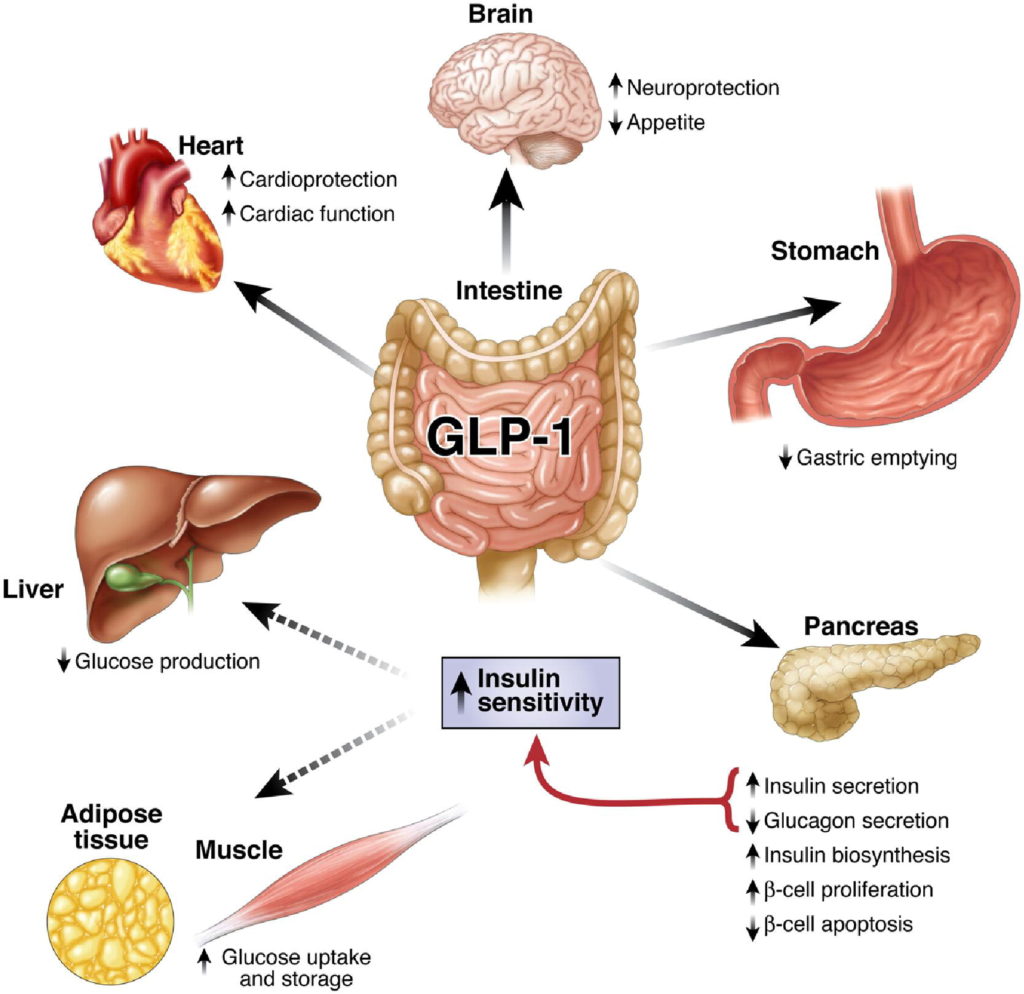Strengthening Allyship: A Guide For International Transgender Day Of Visibility

Table of Contents
Understanding the Transgender Community and its Needs
The transgender community is incredibly diverse. It's vital to avoid generalizations and recognize the wide spectrum of gender identities and expressions. Many misconceptions and biases surround gender identity, often stemming from a lack of understanding. Some common misconceptions include the belief that being transgender is a choice or a mental illness, both of which are untrue. Gender identity is an intrinsic aspect of a person's being.
Understanding and respecting individual experiences is paramount. Using correct pronouns and names is a fundamental act of respect, contributing significantly to name affirmation and gender affirmation. Misgendering, even unintentionally, can be deeply hurtful and invalidating.
- Respect individual experiences and avoid assumptions: Every transgender person's journey is unique. Avoid making assumptions about their transition, medical choices, or personal life.
- Learn about different terminology related to gender identity: Familiarize yourself with terms like transgender, cisgender, non-binary, gender fluid, and others. Understanding this terminology demonstrates respect and helps you communicate effectively.
- Challenge transphobic language and behavior: Actively counter transphobic remarks, jokes, or actions whenever you witness them. This includes educating others on the harm caused by such behavior.
- Educate yourself on the challenges faced by transgender individuals: Transgender individuals often experience discrimination, violence, and lack of access to healthcare and other essential services. Understanding these challenges allows you to become a more effective ally.
Active Steps Towards Effective Allyship
Allyship goes beyond mere tolerance; it demands active participation in creating positive change. It involves listening to and learning from the experiences of transgender individuals. This means creating space for their voices and actively seeking out their perspectives.
Advocating for transgender rights is crucial. This can take many forms, depending on your context:
- Support transgender-inclusive policies and legislation: Advocate for policies that protect transgender rights at your workplace, school, or in your community.
- Speak out against discrimination and hate speech: Challenge transphobic comments and actions, both online and offline. Don't be afraid to use your voice.
- Donate to or volunteer with organizations that support transgender people: Many organizations work tirelessly to support transgender individuals. Your contributions, whether financial or through volunteering, can make a significant difference.
- Educate your friends, family, and colleagues about transgender issues: Share information and resources to help others better understand and support the transgender community.
Challenges and Pitfalls to Avoid
Being an ally isn't always easy. You might encounter pushback, discomfort, or even hostility. Learning how to respond effectively and safely to transphobic comments or actions is crucial. Sometimes, the most effective response is to simply listen and validate the experience of the transgender individual. Other times, direct confrontation may be necessary. Always prioritize your safety and well-being.
Self-reflection is a continuous process. Acknowledge your own privileges and biases, recognizing that you're on a learning journey. Avoid tokenistic allyship – actions must be consistent and genuine. Center the voices and experiences of transgender people. Remember, allyship is a journey, not a destination.
- Avoid tokenistic allyship: Your actions must be consistent and genuine, not performed for show.
- Acknowledge your own privileges and biases: Reflect on how your own identity and experiences shape your perspective.
- Center the voices and experiences of transgender people: Let their voices lead the conversation and shape your understanding.
- Understand that allyship is a journey, not a destination: Continuous learning and growth are essential.
Resources and Further Learning
Several organizations provide valuable resources and support for both transgender individuals and their allies. These resources can help you deepen your understanding of transgender issues and strengthen your allyship.
- The Trevor Project: Provides crisis intervention and suicide prevention services to LGBTQ+ youth.
- GLAAD: Offers resources and media monitoring to promote accurate and inclusive representation of LGBTQ+ people.
- Human Rights Campaign (HRC): Works to achieve equality for LGBTQ+ people through advocacy and education.
- [Add other relevant local and national organizations here]
Strengthening Allyship: A Call to Action for International Transgender Day of Visibility
International Transgender Day of Visibility is a powerful opportunity to reaffirm our commitment to creating a more inclusive world for transgender individuals. This article has explored the importance of active and informed allyship, highlighting the necessity of understanding the transgender community's needs, taking concrete steps to support them, and navigating potential challenges.
This ITDoV, let's move beyond awareness and take meaningful action. Support transgender-inclusive policies, challenge transphobia, educate others, and engage with resources that deepen your understanding. Strengthen your transgender allyship and become a part of creating a more just and equitable future for transgender people. Remember, the transformative potential of allyship can profoundly impact the lives of transgender individuals, fostering a world where everyone feels safe, respected, and valued. Join us in making this International Transgender Day of Visibility a turning point in our collective commitment to supporting transgender communities.

Featured Posts
-
 Projets Viticoles A Dijon Plantation De 2500 M Aux Valendons
May 10, 2025
Projets Viticoles A Dijon Plantation De 2500 M Aux Valendons
May 10, 2025 -
 Kormanyepuelet Noi Mosdo Letartoztatas Egy Transznemu No Esete Floridaban
May 10, 2025
Kormanyepuelet Noi Mosdo Letartoztatas Egy Transznemu No Esete Floridaban
May 10, 2025 -
 Weight Watchers Bankruptcy The Role Of The Weight Loss Drug Market
May 10, 2025
Weight Watchers Bankruptcy The Role Of The Weight Loss Drug Market
May 10, 2025 -
 Transgender Women And Childbearing Exploring The Possibility Of Uterus Transplantation
May 10, 2025
Transgender Women And Childbearing Exploring The Possibility Of Uterus Transplantation
May 10, 2025 -
 Harry Styles Response To A Bad Snl Impression Disappointed
May 10, 2025
Harry Styles Response To A Bad Snl Impression Disappointed
May 10, 2025
